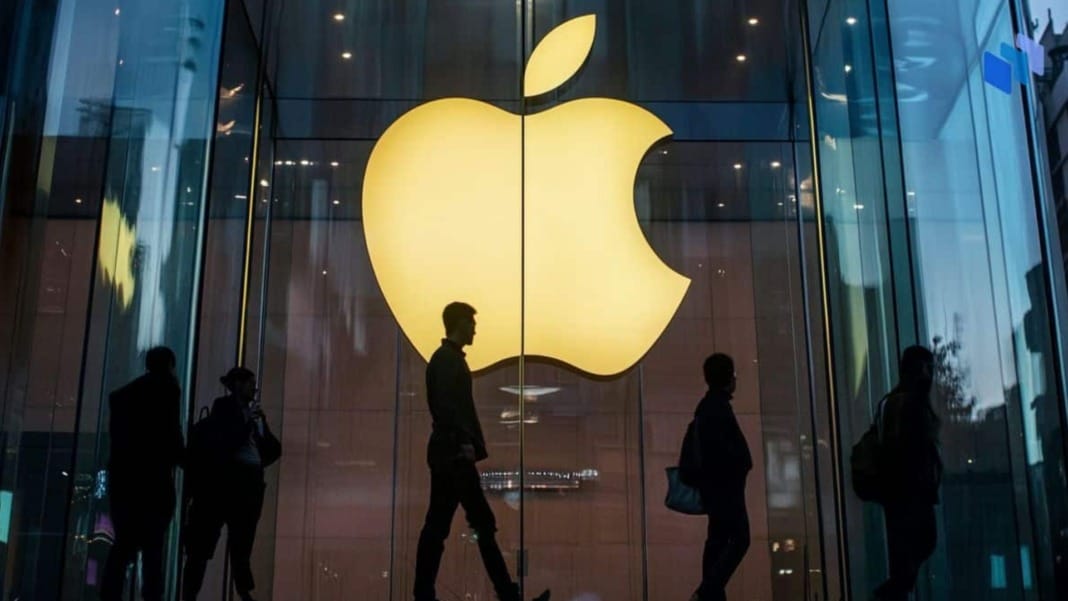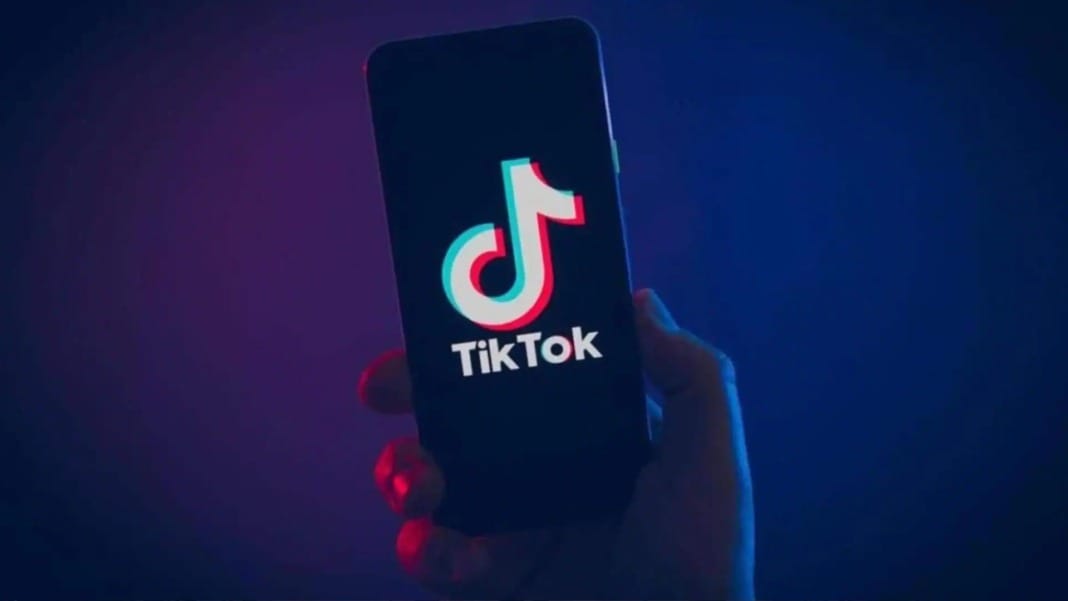You may have noticed that Apple has launched its largest applied research lab outside the United States in China. This move marks a significant step in the tech giant’s commitment to the world’s biggest smartphone market. This development comes at a time when Apple faces stiff competition from local players like Huawei Technologies.
The new facility in Shenzhen, one of China’s key technology hubs, began operations on Thursday. The lab is set in Shenzhen Park, within the Hetao cooperation zone. According to a report by state media People’s Daily, this area was developed under the guidance of the central government to boost Shenzhen’s tech collaboration with neighbouring Hong Kong.
Apple’s new lab aims to boost collaboration and product development
Apple announced its plan to establish this lab in March. It is expected to strengthen the company’s research and testing capabilities for key products like the iPhone, iPad, and Vision Pro mixed-reality headset. The lab also aims to enhance Apple’s partnerships with local suppliers in China.
In its initial phase, the lab spans an impressive 20,000 square metres (215,000 square feet) and will serve as Apple’s research and development (R&D) hub in the Greater Bay Area. This region includes Hong Kong, Macau, and nine cities within Guangdong province. Once fully operational, the facility is expected to employ more than 1,000 local and international talents. According to reports, this will make it Apple’s most extensive lab outside the United States.
Investment in China remains strong despite supply chain diversification.
Apple’s investment in research and development in China remains strong, even as the company takes steps to diversify its manufacturing supply chain to other countries. Mainland China, Hong Kong, and Taiwan remain Apple’s largest markets outside the Americas and Europe.
Earlier this year, Apple revealed that it has established research centres in key Chinese cities, including Beijing, Shanghai, Suzhou, and Shenzhen. Over the past five years, Apple has doubled the size of its R&D team in China, highlighting its commitment to the region.
However, Apple faces increasing competition from local smartphone manufacturers, particularly Shenzhen-based Huawei. In August, Huawei’s smartphone sales on the Chinese mainland overtook Apple’s for the first time in nearly four years, according to data from research firm CINNO. This resurgence came as China’s smartphone market showed signs of recovery.
Reports from government think tank China Academy of Information and Communications Technology showed a 12.7 per cent drop in foreign smartphone shipments, including Apple’s iPhone, during the same period.
Apple’s market share in China declines
During the second quarter of this year, Apple fell out of the top-five rankings for smartphone vendors in China, with its market share dropping to less than 14 per cent, according to research firm IDC. Additionally, Apple’s combined sales in mainland China, Hong Kong, and Taiwan fell 6.5 per cent year-on-year, amounting to US$14.73 billion in the June quarter.
This marks a challenging time for Apple as it continues to navigate the Chinese smartphone market’s competitive landscape while bolstering its research and innovation efforts within the country.





